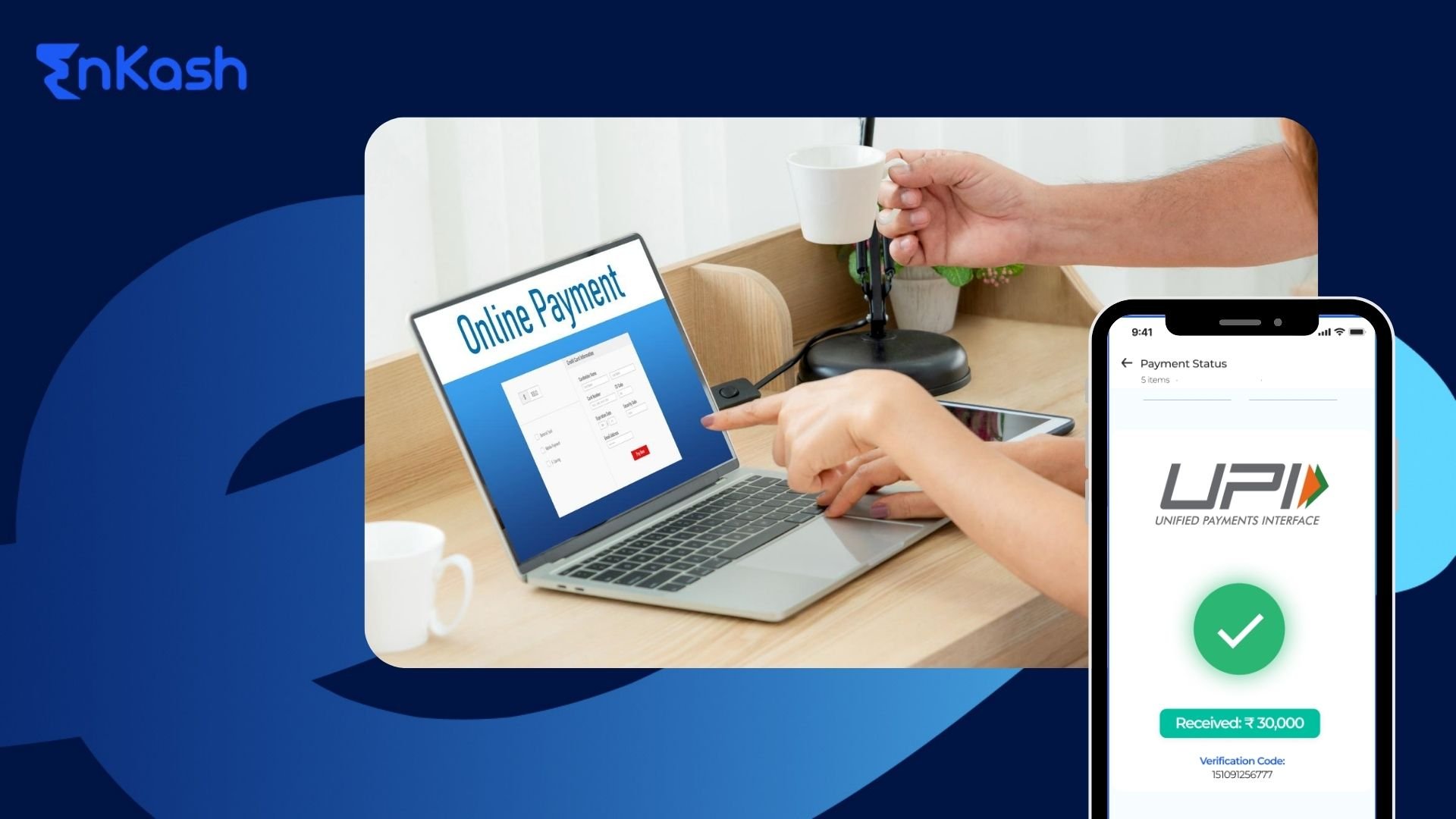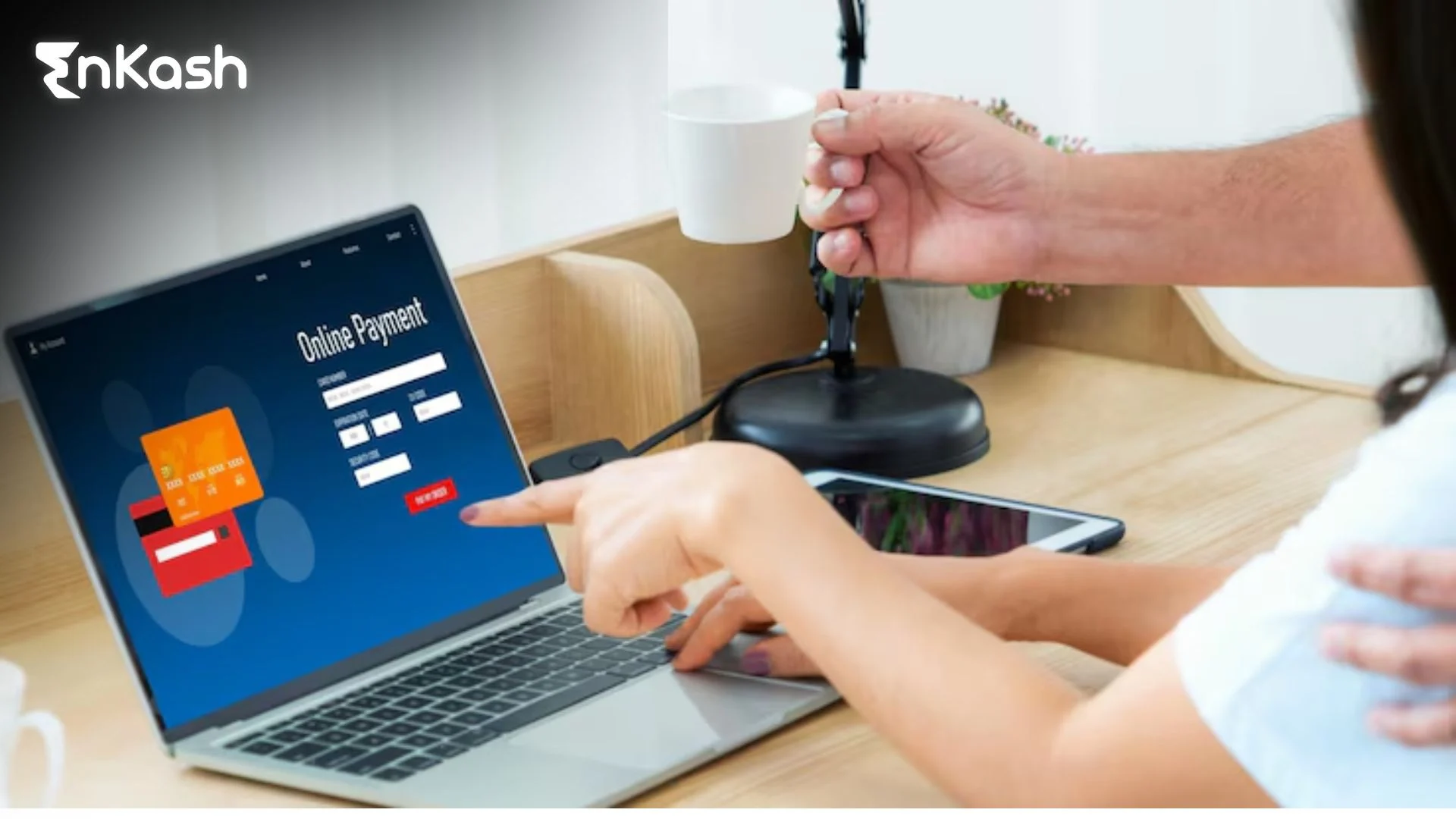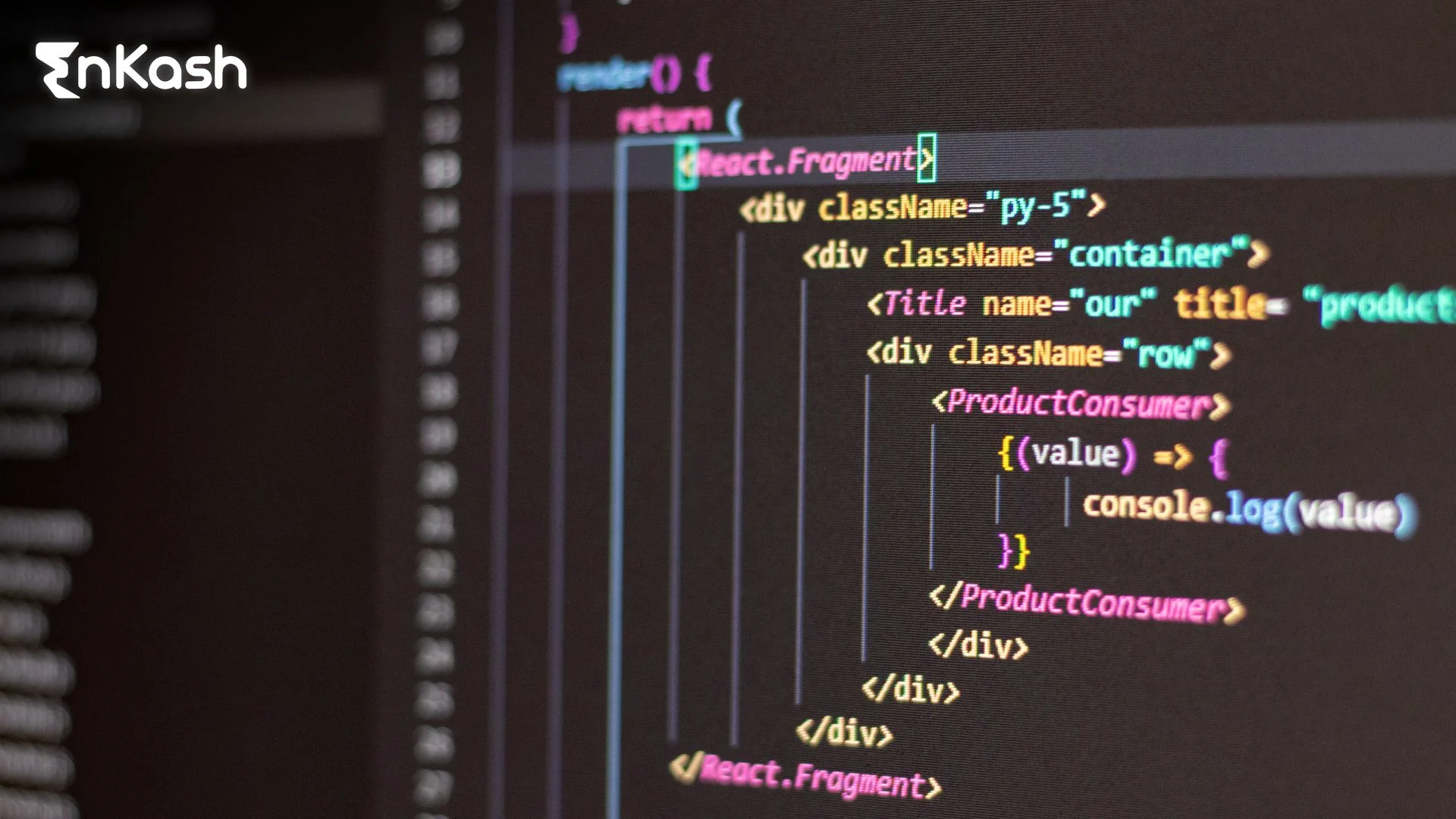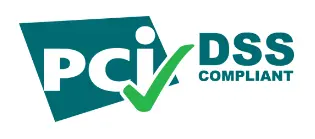Integrating a payment gateway into a website is essential for businesses looking to facilitate online transactions securely and efficiently. This process involves several technical and strategic steps that ensure a smooth payment experience for customers while maintaining high security and compliance standards. In this article, we will explore how to link a payment gateway with a website, covering key questions and providing detailed explanations.
What is a Payment Gateway?
A payment gateway is a platform that helps online retailers authorize and process payments in a secure fashion. It acts as an intermediary between a merchant’s website and the payment networks involved with processing the transaction. This includes verifying customer data, securing sensitive information, and ensuring that funds are transferred securely from the customer to the merchant.
Why Is It Important to Choose the Right Payment Gateway?
Selecting the right payment gateway is crucial because it affects the security, user experience, transaction fees, and ultimately, the accessibility of different payment methods for customers. Factors to consider include transaction fees, payment method support, security features, integration capabilities, and the provider’s reputation. Businesses should assess their volume of transactions, target markets, and specific needs to choose the most suitable gateway.
How to Choose a Payment Gateway?
When choosing a payment gateway, businesses should consider the following aspects:
- Security: Ensures that the gateway complies with the Payment Card Industry Data Security Standard (PCI DSS).
- Compatibility: Checks compatibility with existing e-commerce platforms.
- Fees: Compares transaction fees, setup fees, and any hidden charges.
- User Experience: Considers the ease of use for customers during checkout.
- Customer Support: Evaluate the quality of customer support in case of issues or integrations.
What Are the Technical Requirements for Integrating a Payment Gateway?
The technical requirements vary based on the chosen payment gateway and the e-commerce platform the business uses. Generally, the business needs access to its web server, the ability to install necessary plugins or software, and some level of programming knowledge, particularly in HTML and JavaScript, to customize and integrate the payment processing system.
How to Set Up the Payment Gateway Integration?
Step 1: Register and Set Up an Account with the Payment Gateway Provider
Businesses need to set up an account with the chosen payment gateway. This process typically involves providing business and bank account details and may require verification of identity and business credentials.
Step 2: Install Necessary Plugins or Software
For popular e-commerce platforms like Shopify, WooCommerce, or Magento, merchants can usually find dedicated plugins or extensions that make the integration process simpler. Installing these plugins typically involves downloading them from the platform’s marketplace, installing them on your e-commerce site, and configuring them according to the setup wizard.
Step 3: Configure Your Gateway Settings
Configuration might involve setting up payment methods, transaction fees, and other operational settings. This step often requires detailed input to ensure transactions will be processed correctly and securely.
Step 4: Integrate API Keys
For custom-built websites, or if the business requires more control over the transaction process, integrating API keys from the payment gateway into the website’s backend is necessary. This requires programming knowledge to modify website code to include these keys securely.
EnKash Payment Gateway
EnKash Payment Gateway has been designed to empower businesses by facilitating payments. The product encrypts information related to transactions ensuring that it is secure from any violation and data leakage.
Reasons to Integrate Payment Gateway with Website
Fastest Checkout: The payment gateway provides the fastest and smoothest checkout experience.
Easy Integration: EnKash payment gateway enables easy integration by reducing development efforts and saving time.
Enhanced Security: The payment gateway’s security is top-notch. It follows the highest industry standards, like PCI DSS compliance.
Multiple Payment Modes: The payment gateway supports multiple payment modes like credit cards, debit cards, UPI, wallet, and net banking. This allows the user to choose the preferred payment mode.
Customizable: The user can customize PG as per their convenience and evolving business needs. It can easily accommodate a large volume of transactions.
Reporting & Reconciliation: Businesses can use reporting data from EnKash PG for easy and efficient reconciliation of transactions.
How to Test the Payment Gateway Integration?
Before going live, it is crucial to thoroughly test the payment gateway integration to ensure everything works as expected without any issues.
- Conducting transactions using test credit cards provided by the payment gateway.
- Verifying that transactions are securely processed and that money is appropriately credited and debited.
- Checking the response time and user experience during the checkout process.
- Ensuring that all security measures work correctly.
What are Common Issues to Watch Out for?
During and after integration, businesses might encounter issues such as declined transactions, payment timeouts, and errors in data transfer. Monitoring these issues and having a responsive support plan from the payment gateway provider can help resolve problems quickly and maintain a smooth operation.
Conclusion
Integrating a payment gateway into a website is a multifaceted process that requires careful consideration of various factors, including security, user experience, and technical requirements. By following a structured approach to choose, integrate, and test the payment gateway, businesses can enhance their e-commerce operations, offering customers a seamless and secure online shopping experience.














